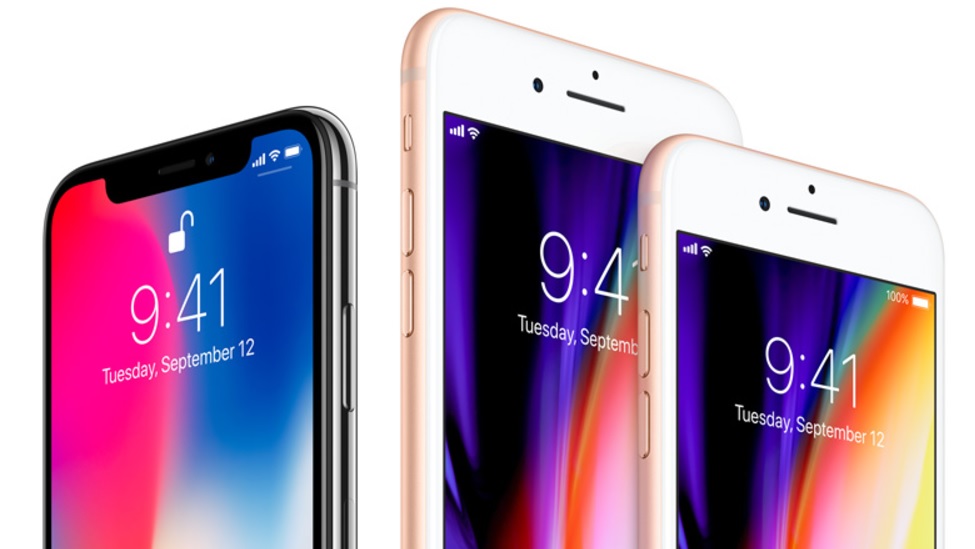Back in September 2013 when the iPhone 5s became the first smartphone in the world to sport a 64-bit processor, many were quick to call it a marketing gimmick, including Qualcomm. The truth was that Apple’s accelerated chip development sent the competition into panic mode, as it realized the advancements of the A7 chip were beyond anything they made. Qualcomm quickly retracted those comments and hurried to catch up.
Fast-forward to today, and all high-end smartphones have 64-bit chips, including every iPhone launched since the iPhone 5s. The A11 Bionic is hardly a marketing gimmick, and four years later Apple is still the undisputed leader in this business. But the name of the chip? That really is a marketing gimmick.
Introduced in June 2010 when the iPhone 4 was unveiled, the A4 chip was Apple’s first custom chip design. Since then, every A-series chip that followed had simple names, even boring one might say.
A followed by a number designated the iPhone’s chip, while an extra X was used for iPad versions. But the A9 found inside the iPhone 6s was the last mobile system-on-a-chip made by Apple to come with such a boring name.
The A10 Fusion powered the iPhone 7 phones, and the newly unveiled A11 Bionic is what will make the iPhone 8 and iPhone X tick.
But what do these monickers represent? Well, it turns out they’re just meaningless, albeit cool, marketing talk meant to make the chips more rememberable. After all, Bionic is such a cool word.
The confirmation comes from Apple directly, which told The Verge that the A11 received the Bionic particle “because the company realized names like A8 and A9 weren’t particularly exciting compared to its competitors chip names.”
Think about it, what do you like best, Qualcomm 835? 835? Or Qualcomm Snapdragon 835?
That said, the A11 Bionic is far from a marketing gimmick when it comes to performance. These numbers should inspire more Apple-related panic at Qualcomm.








